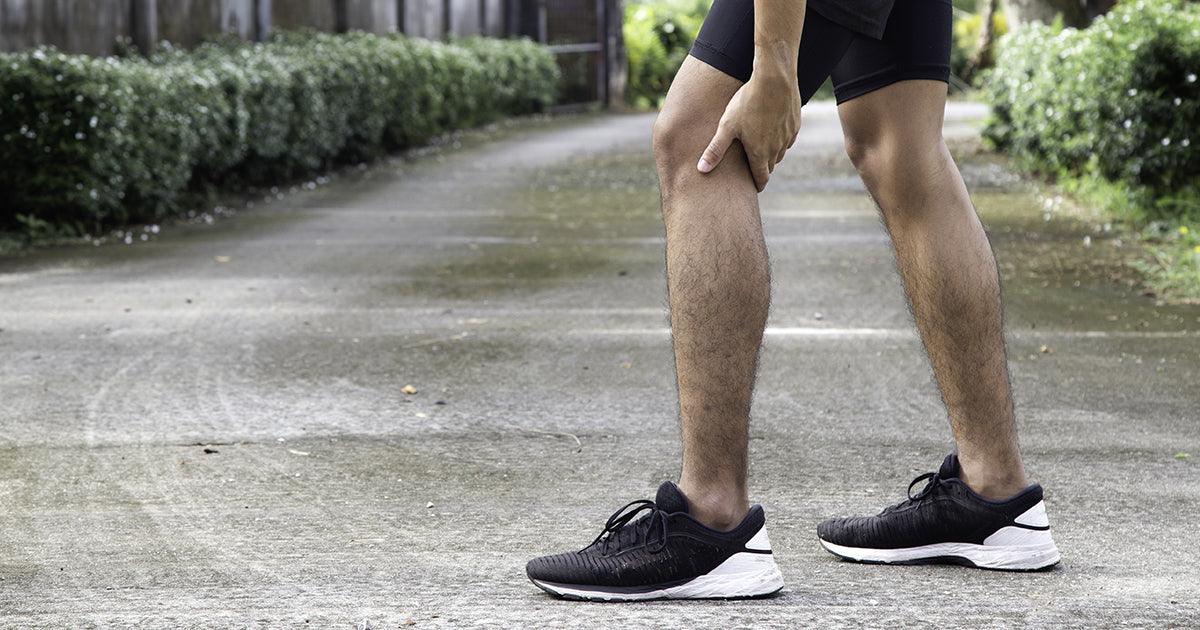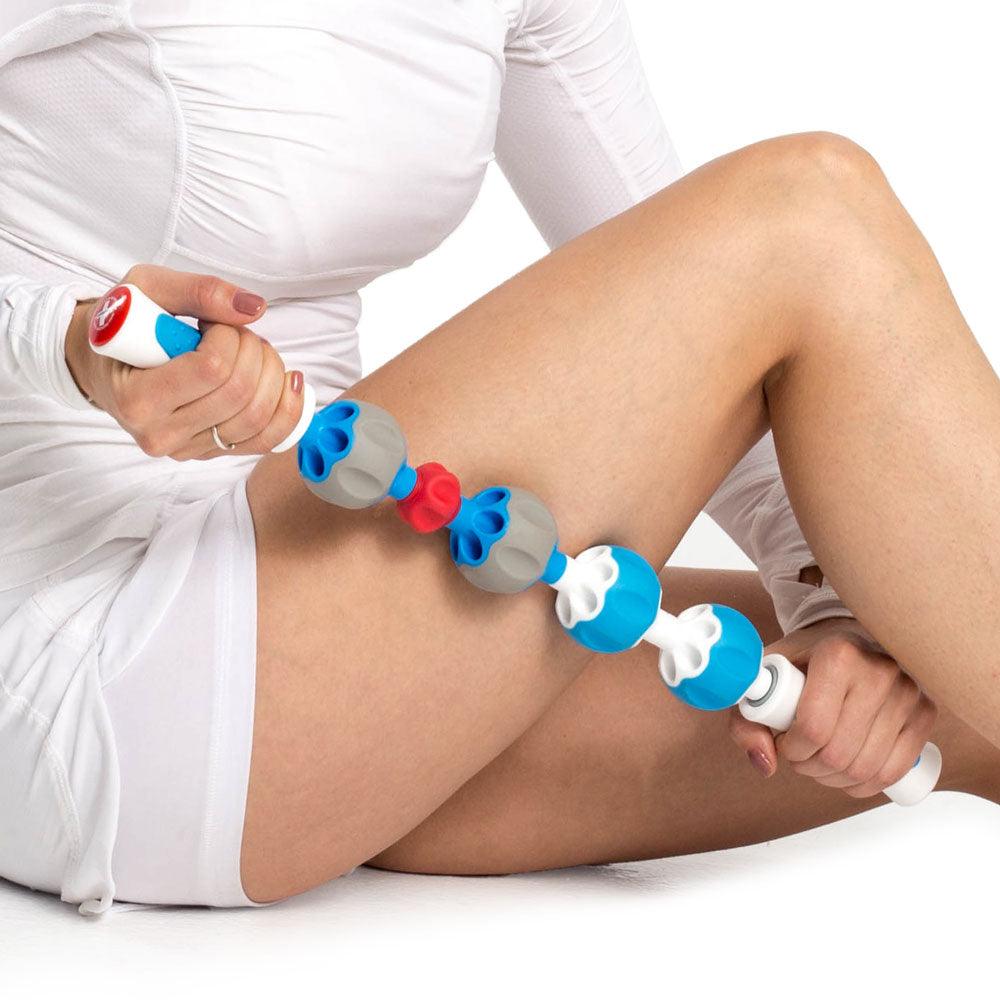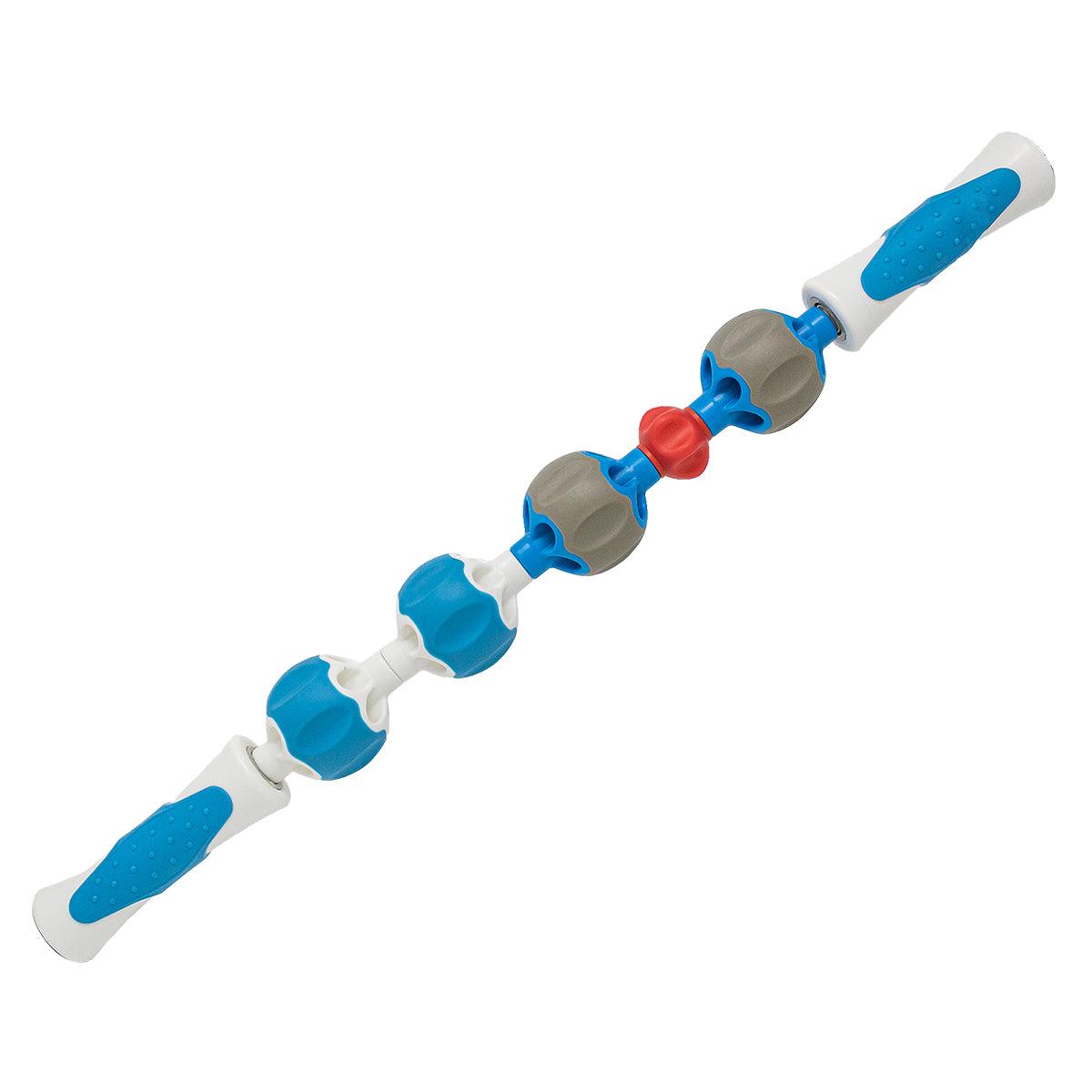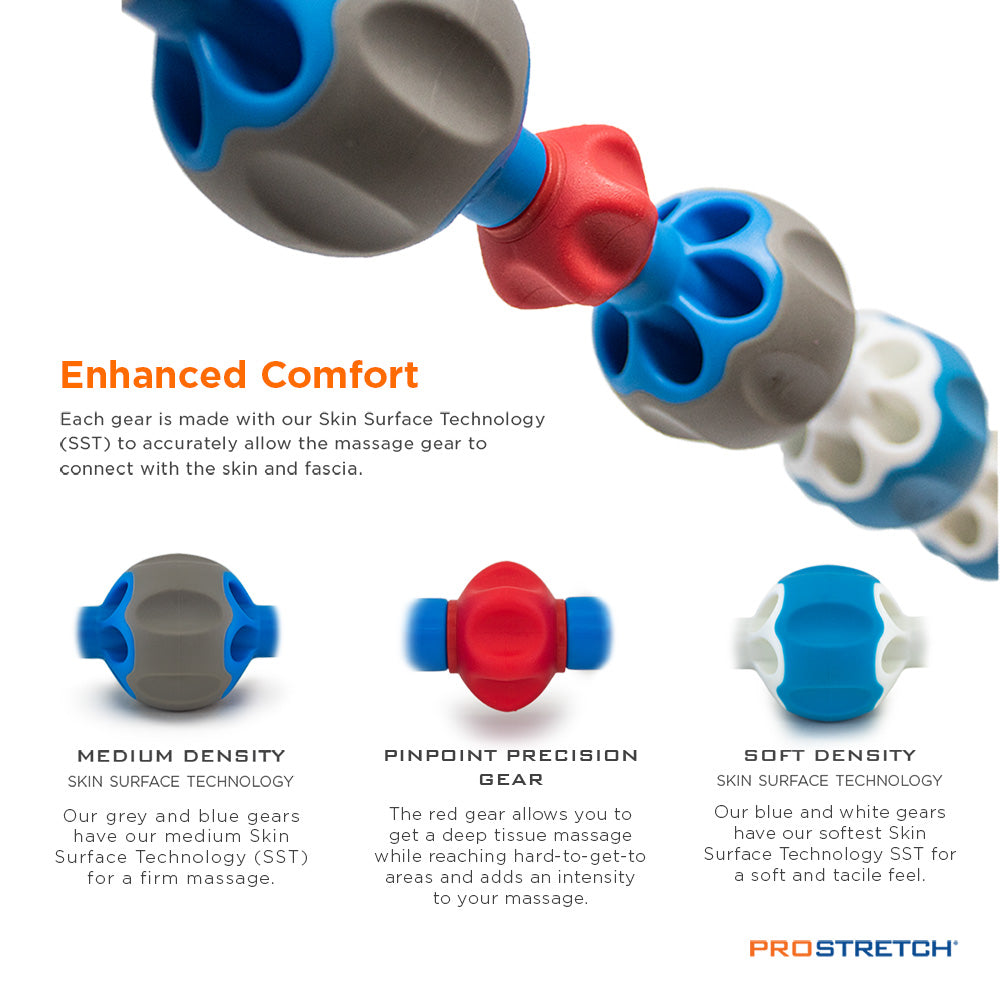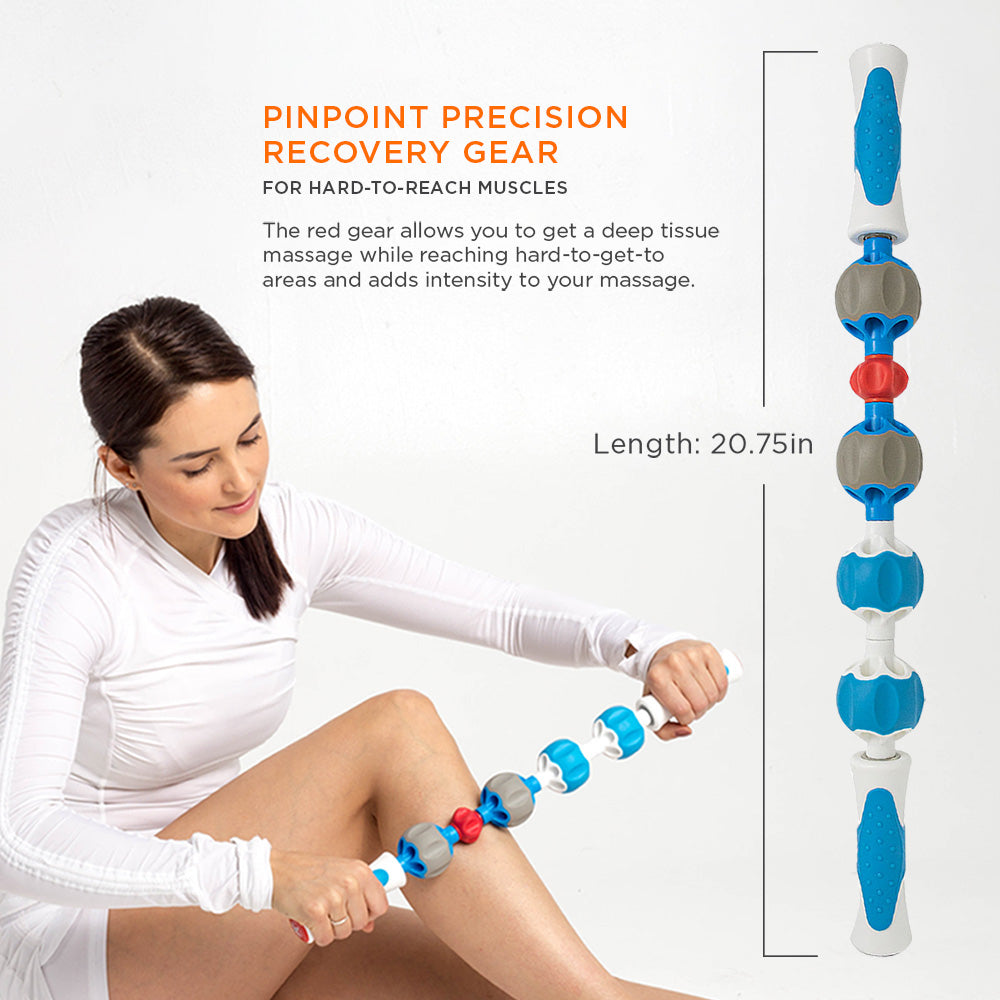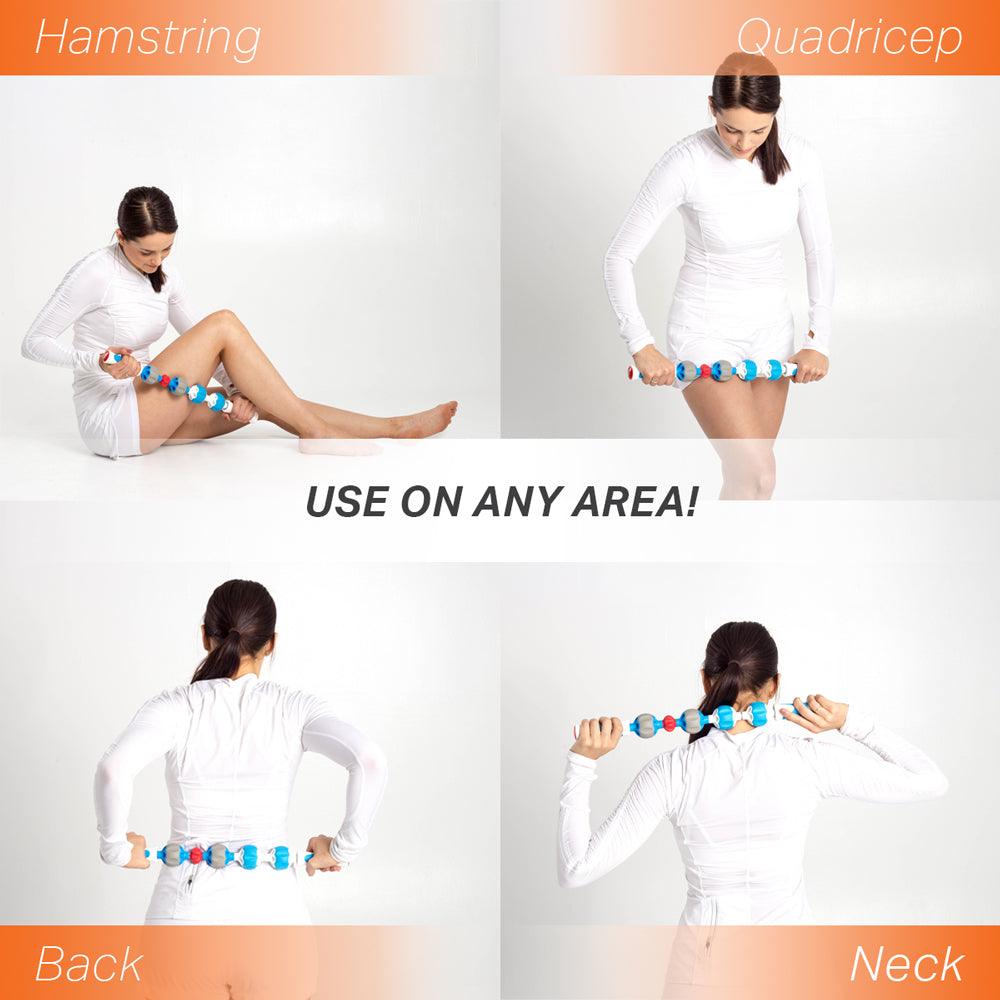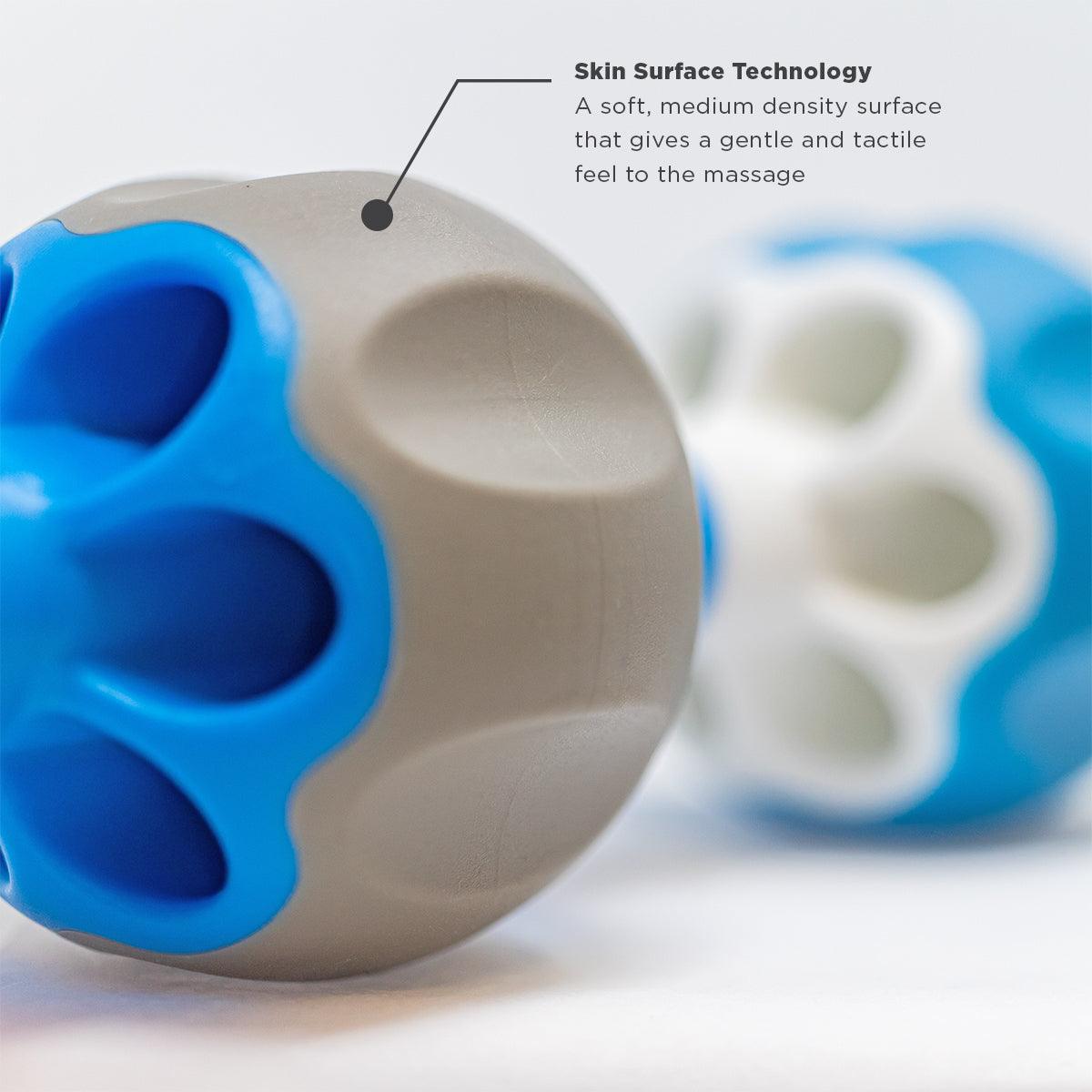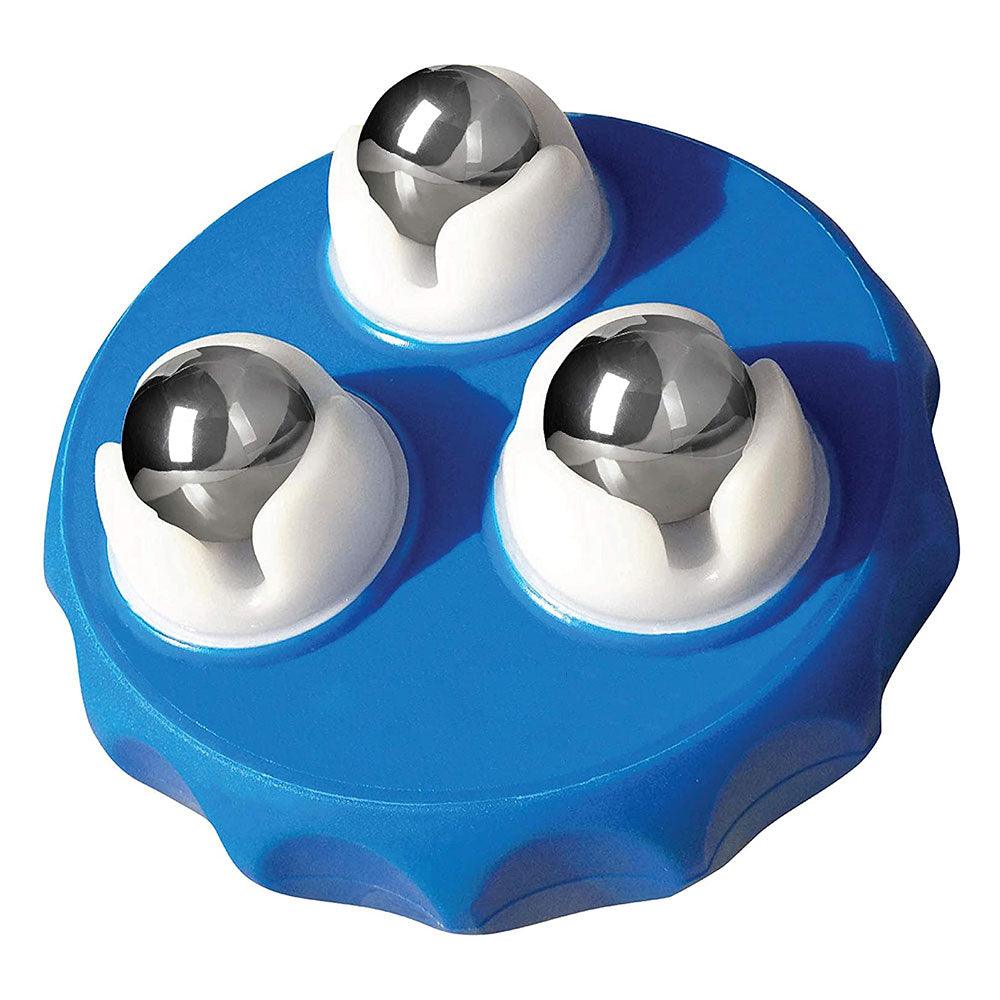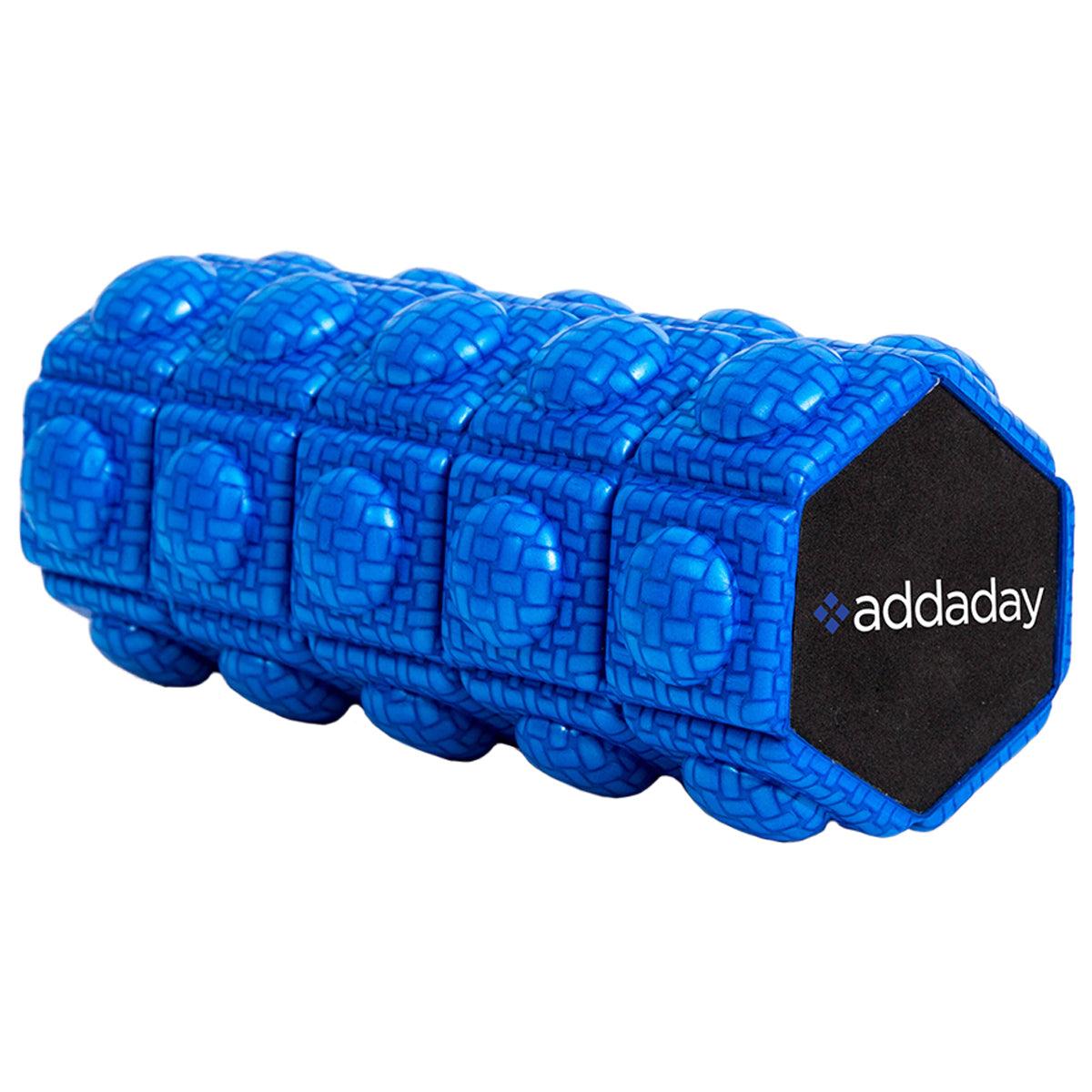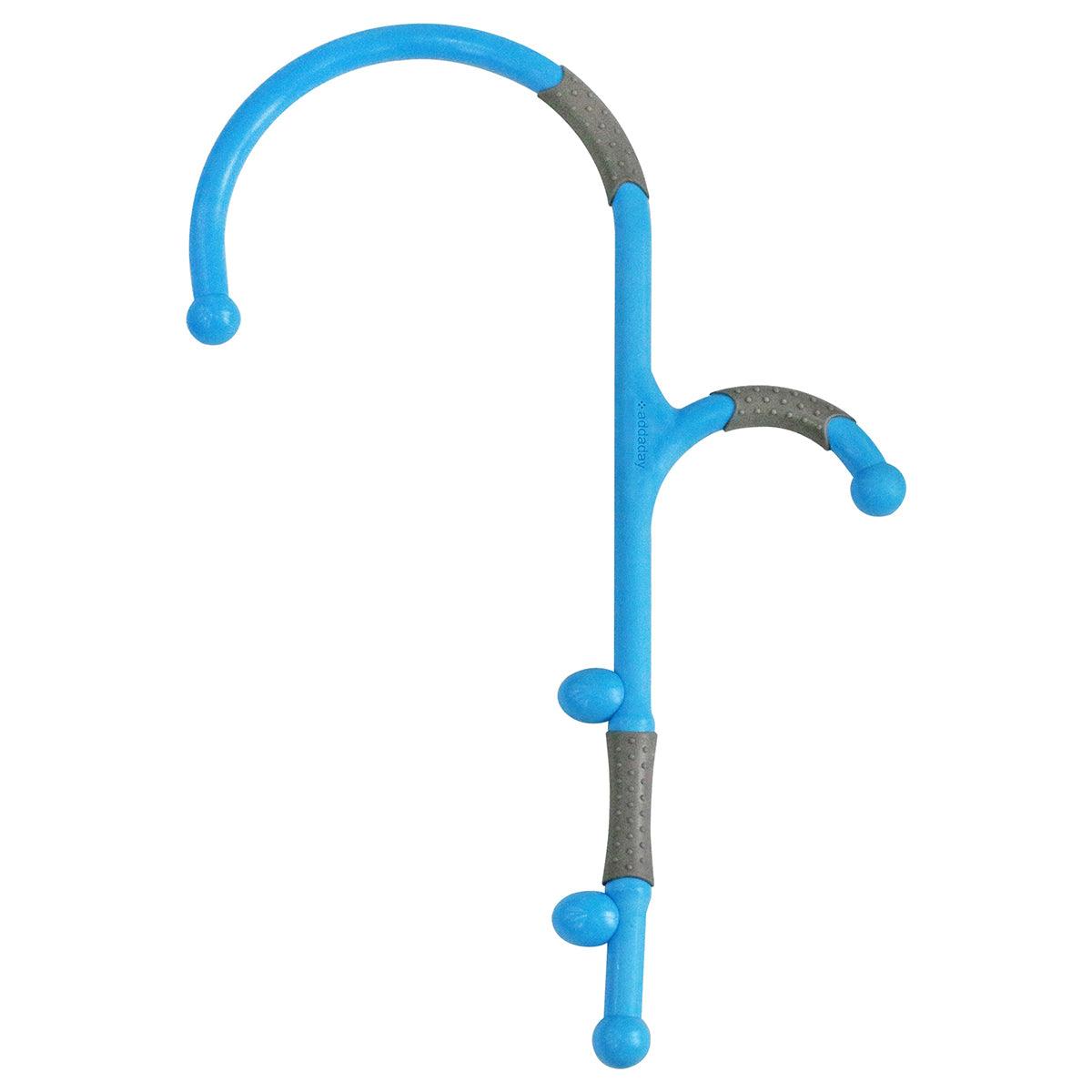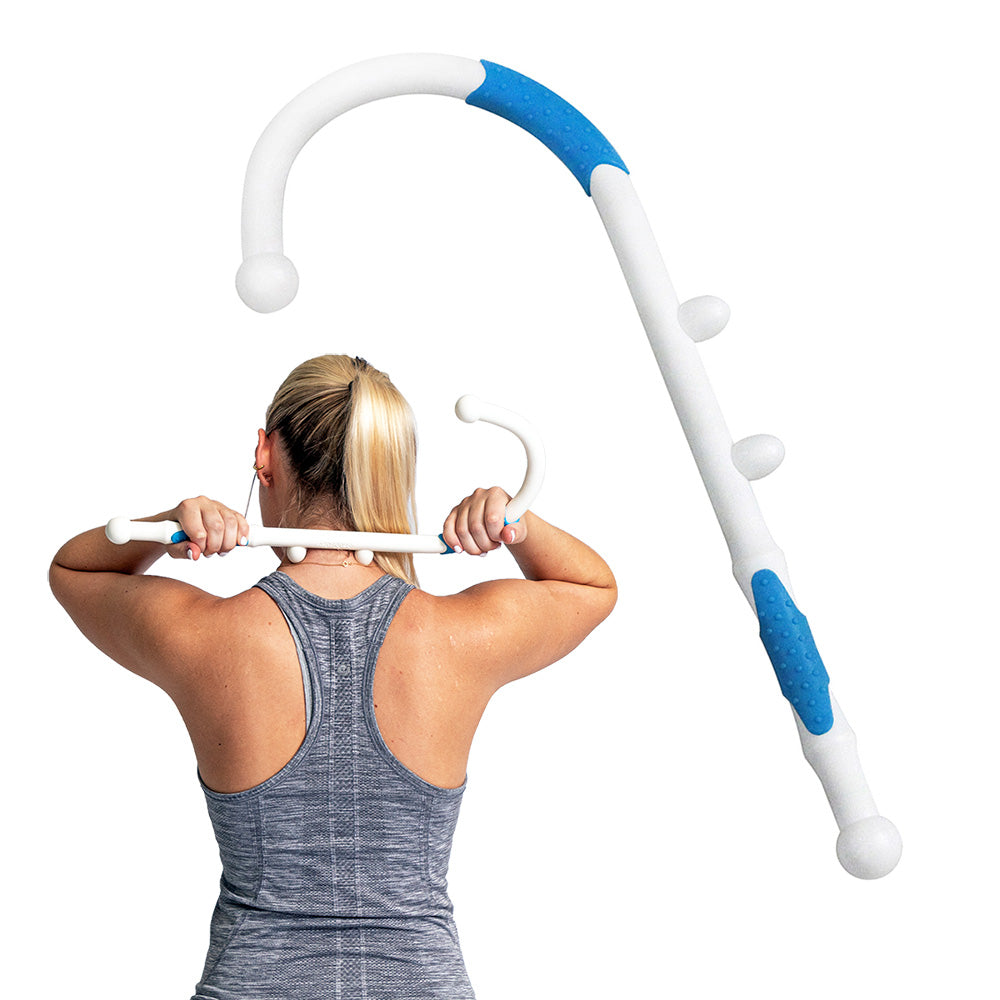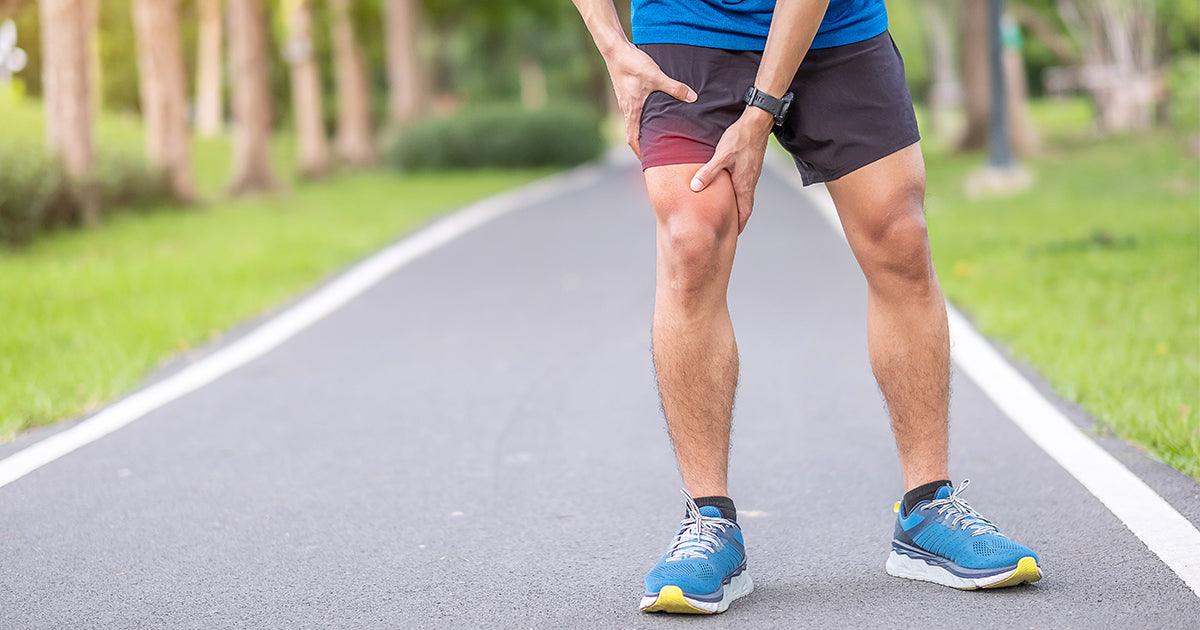If you run lengthy distances on a regular basis, you've likely felt some general soreness, fatigue, and discomfort from time to time, which are completely natural sensations. However, you should only experience some dull pain while running. Any instance of sharp pain could signify a more serious problem that needs to be addressed before you go running again.
Among the most common causes of sharp pain in runners involves the IT band syndrome, which affects a band of tissue that runs down from your thigh. The IT band is thick and fibrous, which means that any injury to the area can be painful. Despite how common IT band syndrome is, it's also regularly misdiagnosed, which can lead to the wrong treatments being administered. The following guide takes a look at some of the exercises you can perform to prevent and treat IT band syndrome.
What Is IT Band Syndrome?
Iliotibial band syndrome is a common health problem that results in the affected individual feeling sharp pain around the outside of the knee. This particular condition usually affects long-distance runners as well as individuals who are relatively new to exercise. The bones that comprise your knee joint include the kneecap, shinbone, and thighbone. The IT band runs from your hip bones to your shinbone.
Whenever you extend or bend your leg, the IT band will inch over the lower edge of the thighbone, which can lead to irritation with repeated extending and bending of your leg. When this irritation occurs, you will invariably feel pain. Even though IT band syndrome can occur in anyone, it's most common among runners. If you run on a regular basis, you're at a higher risk of developing IT band syndrome in the event that you:
- Run in old or worn-down shoes
- Run on downhill or uneven terrain
- Run in colder temperatures
- Run numerous miles every day
In order to obtain the right treatment for IT band syndrome, it's important that you can properly identify the symptoms typically associated with this syndrome. IT band syndrome can affect one or both knees. In many cases, the pain will present itself as a burning and aching sensation that can spread up your thigh. The pain will likely be at its worst when you do strenuous exercises.
When running, you may notice a sharp increase in pain whenever your foot strikes the ground. It's important to understand that this condition and its symptoms can worsen if it isn't treated quickly. As IT band syndrome worsens, the pain could affect you even after you complete your workout.
IT Band Syndrome Prevention Techniques
Aside from performing the right exercises, there are several IT band syndrome prevention measures you can take to significantly reduce the possibility that you develop this condition. The primary IT band syndrome prevention measures to consider include:- Run in both directions when running on track
- Limit how often you run on uneven surfaces
- Stretch your hamstrings and outer thigh on a regular basis
- Replace running shoes regularly
How to Treat IT Band Syndrome
If you're wondering how to treat IT band syndrome, there are many effective solutions available to you. Some of the main treatment strategies to consider include:- Making changes to the activities you perform, which can include improving your running technique or placing your bicycle seat at a lower position
- Obtaining corticosteroid shots, which should effectively reduce inflammation
- Reducing any activities that worsen your knee pain, the primary of which is running
- Taking over-the-counter medications for your pain
- Placing ice around the outer area of your knee
If your pain is severe and none of these treatments have worked as intended, you may want to consider working with a physical therapist to help alleviate your symptoms. Although uncommon, it's possible for surgery to be administered as well, of which there are several options to select from.
Medi-Dyne Relief Options
If you have been diagnosed with IT band syndrome, there are several Medi-Dyne solutions that could provide you with the relief you're searching for.
For Immediate Relief:
You can obtain immediate relief with our massage products.
ProStretch® Pro Stick Massage Roller
★★★★★
Provides an effective deep tissue massage along the full length of the IT Band. Enables massaging of both outer and inner layers of muscle and connective tissue with gears made with our Skin Surface Technology (SST) to accurately allow the massage gears to connect with the skin and fascia.

ProStretch® Nonagon Foam Roller™
★★★★★
It is the ideal trigger point massage tool to help alleviate IT Band muscle soreness. The textured 9-sided foam roller design with a solid EVA foam core connects with the fascia with precision and allows for a deeper, stable, and secure roll.

ProStretch® Hexi Mini Foam Roller™
Hexi foam roller is the ideal trigger point massage tool to help alleviate IT Band muscle soreness, tightness, and tiredness for those on the go. It's small and compact measuring 7-inches long making it ideal for travel.
For Long-Term Treatment:
You could also look into long-term treatments through Medi-Dyne, which include CoreStretch® and StretchRite®.

As for CoreStretch, this product allows you to perform strengthening exercises for your weak hip muscles. The design of this product ensures that any exercises you perform are safe and effective. CoreStretch can be used to improve the strength of your muscles in floor, seated, and standing positions. Now that you know how to treat IT band syndrome with products and medications, it's time to learn how to use IT band syndrome exercises to improve your condition.
Exercises to Prevent IT Band Syndrome
There are a number of exercises to prevent IT band syndrome that you might want to try out alongside the preventive measures mentioned previously. The two most effective exercises include the side-lying leg raise and the treadmill incline side-step. The side-lying leg raise is simple yet effective at strengthening your gluteus medius muscle, which should keep IT band syndrome at bay. To complete this exercise, you should:- Lie down on your right side with your body in a very straight line
- Place your left hand on the floor for support before raising the top leg up and holding it in position for 2-3 seconds
- Your toes should be slightly lower than your heel
- Perform two sets of 15-20 repetitions for each side
Among the most effective exercises to prevent IT band syndrome involves the treadmill incline side-step. Before beginning this exercise, place the treadmill at 1MPH and the incline at 4-5%. From here, take your feet off the tread before moving them to the side rails.
Place your hand on the right rail before turning to the right and stepping on the slow-moving tread. Make sure that your toes are pointed forward when performing this exercise. Perform the side-step on both sides for one minute before repeating another two times.
IT Band Syndrome Exercises for Treatment
While there are many IT band syndrome exercises to select from when treating this condition, two notable solutions include the clam shell and side shuffle. To perform the clam shell, lie down on your right side. Keep your knees bent at a 90-degree angle that points towards your torso. At this point, use your glutes to open and eventually close your legs in a clamshell-like movement. By placing an exercise band around your knees, you can increase resistance. Perform 20-30 reps of this exercise on both sides.
As for the side shuffle, you can start this exercise by standing with your legs a couple feet apart. An exercise band will need to be placed around your ankles. A single set of this exercise consists of taking 10 steps to your right and 10 steps to your left. The exercise band should also provide resistance during these movements. Complete 3-5 sets of this exercise to help alleviate your pain without worsening your other symptoms.
While IT band syndrome can be painful, there are also an array of effective solutions that can help you prevent and treat the syndrome should it ever occur.
RELATED PRODUCTS:
OTHER RELATED TOPICS:
IT BAND SYNDROME: A COMMON RUNNING INJURY.
TOP RUNNING INJURY NO. 7: IT BAND SYNDROME
EVERYTHING YOU NEED TO KNOW ABOUT RUNNER'S KNEE
HOW YOU CAN COMBAT THE EFFECTS OF RUNNER’S KNEE
PLEASE NOTE: The information on this website and article is for information only and should not be used as a substitute for consulting your doctor. Consult your doctor for proper diagnosis and rehabilitation.




